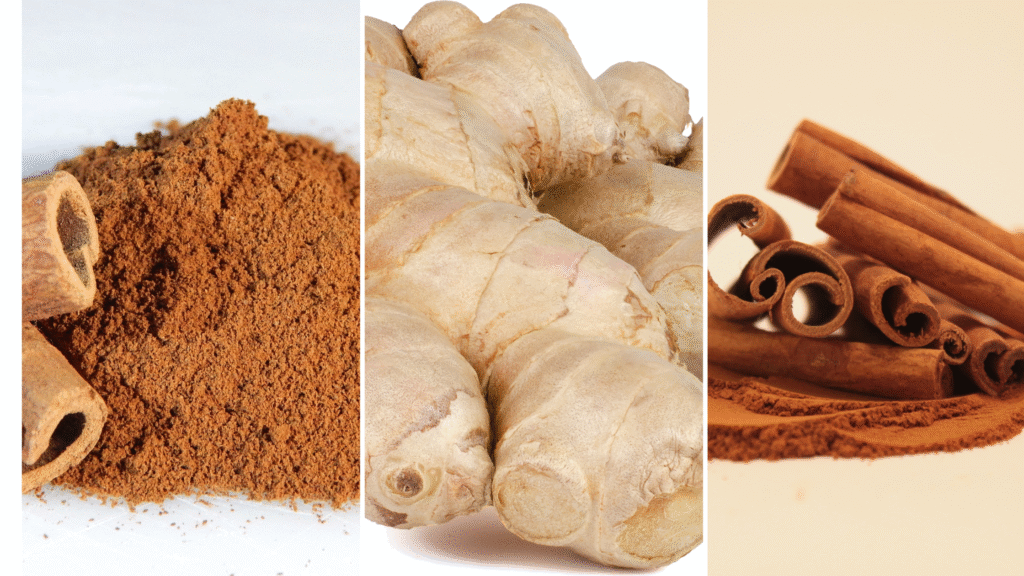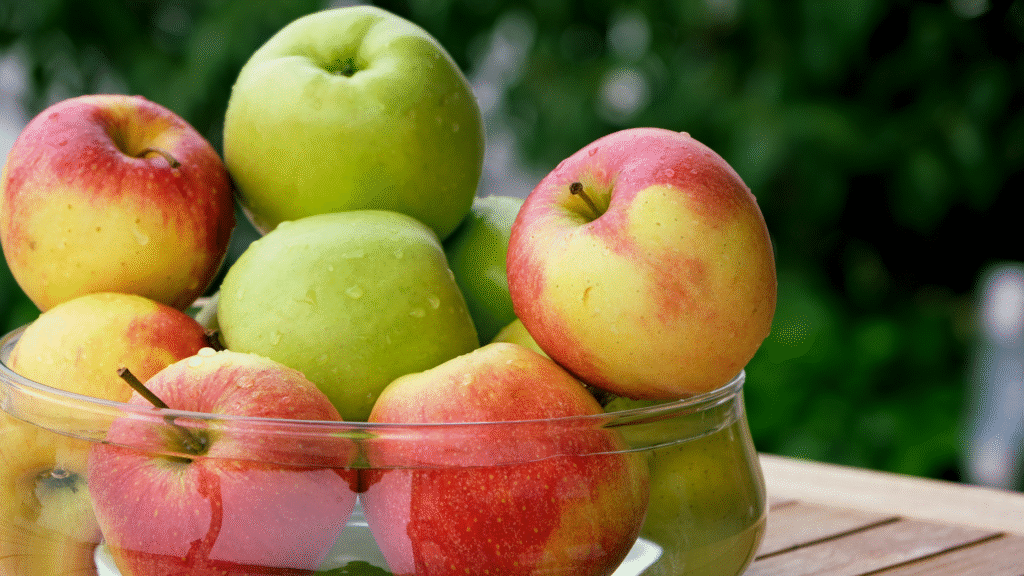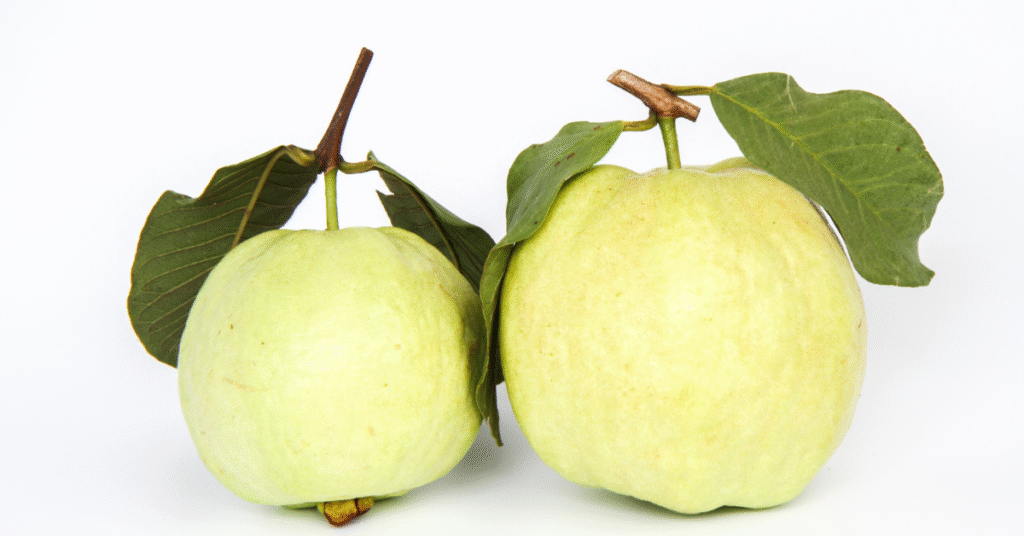Period pain, also called dysmenorrhea, is a common problem for many women. It can cause cramps, lower back pain, fatigue, and even nausea. While painkillers are often used, some natural remedies can help manage these symptoms without side effects. Ginger and cinnamon are two spices that have been used for centuries to reduce menstrual pain and improve overall comfort.
In this guide, you will learn why ginger and cinnamon work for period pain, the science behind their benefits, how to prepare them, the best times to drink them, and a step-by-step plan for using them effectively. We’ll also cover safety tips and answer common questions.
Short answer: Ginger and cinnamon are powerful natural remedies for period pain thanks to their anti-inflammatory and muscle-relaxing properties. Ginger helps reduce prostaglandin levels, which are responsible for uterine contractions and cramps, while cinnamon improves blood flow, eases muscle tension, and may help regulate menstrual cycles. Together, they can offer fast, soothing relief from cramps, bloating, and fatigue. Drinking them as a warm tea during your period is one of the most effective and comforting ways to experience their benefits, making them a safe, natural alternative to over-the-counter painkillers for many women.
Why Ginger and Cinnamon Help with Period Pain
Both ginger and cinnamon have anti-inflammatory, pain-relieving, and circulation-boosting properties. These qualities make them useful for easing cramps and discomfort during menstruation.
Ginger
- Active compounds: Gingerol and shogaol.
- Main benefits:
- Reduce inflammation in the uterus.
- Block prostaglandins, the hormone-like substances that trigger muscle contractions.
- Improve blood circulation to relax uterine muscles.
Scientific support: A study published in PMC found that ginger significantly reduced the severity of menstrual pain compared to a placebo.
Cinnamon
- Active compounds: Cinnamaldehyde and polyphenols.
- Main benefits:
- Act as natural muscle relaxants.
- Reduce inflammation and oxidative stress.
- Balance blood sugar, which can stabilize mood and energy during periods.
Research shows cinnamon can ease menstrual symptoms. The Mansa Publishers journal reported that cinnamon improved pain scores and reduced menstrual bleeding in participants.
When combined, ginger and cinnamon work synergistically to calm cramps, reduce inflammation, and improve comfort during menstruation.
The Science Behind Ginger and Cinnamon for Menstrual Pain
Several studies support the use of these spices:
- The Journal of Pain Research highlights ginger’s ability to block prostaglandin production, which reduces cramping.
- ScienceDirect research found cinnamon significantly improved pain relief in women with primary dysmenorrhea.
- A ResearchGate study tested a spice drink containing red ginger and cinnamon, showing reduced pain intensity compared to a control group.
Best Times to Drink Ginger and Cinnamon for Period Pain
The timing of consumption can influence how effective these drinks are for pain relief.
1. First Day of Your Period
- Drinking ginger and cinnamon tea at the start of your cycle can help reduce the peak pain that usually occurs during the first 24 hours.
2. One to Two Days Before Period
- Starting early can reduce inflammation and help prevent cramps from becoming severe.
3. Morning During Menstruation
- Helps boost energy, relieve cramps, and improve blood flow.
4. Before Bed
- Supports muscle relaxation, reduces discomfort overnight, and can improve sleep quality.
If you’re curious about the timing benefits of cinnamon for other health goals, see this guide on the best time to drink cinnamon for a flat tummy.
How to Make Ginger and Cinnamon Tea for Period Pain
Basic Ginger and Cinnamon Tea
Ingredients:
- 1 teaspoon fresh grated ginger or ½ teaspoon ginger powder
- 1 cinnamon stick or ½ teaspoon cinnamon powder
- 1½ cups water
- Honey or lemon (optional)
Instructions:
- Bring water to a boil.
- Add ginger and cinnamon.
- Simmer for 5–10 minutes.
- Strain and pour into a cup.
- Add honey or lemon if desired.
You can also check this how to make cinnamon tea guide for more preparation tips.
Ginger and Cinnamon with Honey
- Same recipe as above, but stir in 1 teaspoon of raw honey after steeping.
- Honey adds antioxidants and soothes the digestive tract.
Ginger and Cinnamon for Cough and Period Relief
If you have cough or throat irritation along with period discomfort, this cinnamon tea for cough recipe can be adapted by adding ginger.
7-Day Menstrual Pain Relief Plan Using Ginger and Cinnamon
| Day | Time | Drink | Purpose |
|---|---|---|---|
| Day -2 | Morning | Ginger and cinnamon tea | Reduce inflammation before period starts |
| Day -1 | Evening | Ginger, cinnamon, and honey tea | Relax muscles for better sleep |
| Day 1 | Morning | Ginger and cinnamon tea | Reduce peak cramps |
| Day 1 | Afternoon | Ginger tea only | Maintain anti-inflammatory effect |
| Day 2 | Morning | Ginger and cinnamon tea | Support pain relief |
| Day 2 | Evening | Cinnamon tea with honey | Comfort and relaxation |
| Day 3 | Morning | Ginger and cinnamon tea | Reduce lingering cramps |
Additional Health Benefits of Ginger and Cinnamon During Periods
- Reduce Bloating
Both spices improve digestion, reducing water retention and bloating. - Boost Energy Levels
Ginger increases circulation, and cinnamon helps stabilize blood sugar. - Improve Mood
Balanced blood sugar and reduced inflammation can help lower irritability. - Support Hormonal Balance
Cinnamon may help regulate insulin, which can influence estrogen and progesterone balance.
For more on cinnamon’s hormonal benefits, you can check cinnamon tea for irregular periods.
How Much Ginger and Cinnamon Should You Take?
- Ginger: 1–2 grams daily (powdered) or 2–3 slices fresh.
- Cinnamon: ½–1 teaspoon daily (preferably Ceylon cinnamon).
Do not exceed these amounts for long periods without medical advice.
Safety Tips and Precautions
- Pregnant women should avoid high doses of cinnamon and ginger.
- People with gallstones, bleeding disorders, or on blood-thinning medication should consult a doctor.
- Choose Ceylon cinnamon to avoid excessive coumarin intake.
- Stop use if you notice allergic reactions or stomach irritation.
Common Mistakes to Avoid
- Using too much powder (can cause stomach discomfort).
- Adding too much sugar (reduces anti-inflammatory benefits).
- Drinking inconsistently during your cycle.
- Using low-quality or stale spices.
Frequently Asked Questions
Can ginger and cinnamon completely stop period pain?
They may not remove all pain but can significantly reduce its intensity.
When should I start drinking them for best results?
One to two days before your period and throughout the first few days.
Can I drink ginger and cinnamon tea daily?
Yes, in safe amounts, but it’s best to focus on use around your menstrual cycle.
Does it help with irregular periods?
Yes, especially cinnamon, as seen in this cinnamon tea for irregular periods guide.
Can I drink them cold?
Warm tea is more soothing for cramps, but cold versions still have benefits.
Is it safe to combine with painkillers?
Generally yes, but consult your healthcare provider first.
Final Thoughts
Ginger and cinnamon are natural, affordable, and widely available remedies for menstrual pain. Their combined anti-inflammatory and pain-relieving properties make them a strong ally during your period. Drinking them a few days before and during your cycle can ease cramps, boost mood, and improve comfort.
For best results, use fresh or high-quality powdered spices, drink consistently during your cycle, and combine with healthy lifestyle habits like hydration, gentle exercise, and balanced meals.



